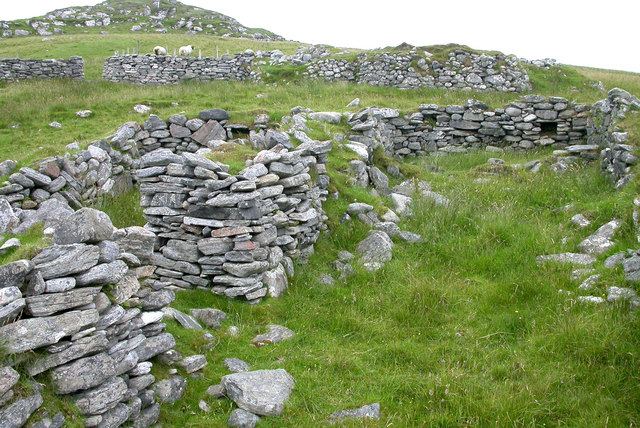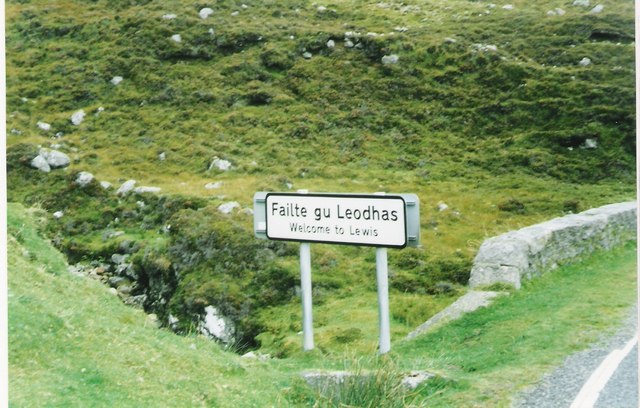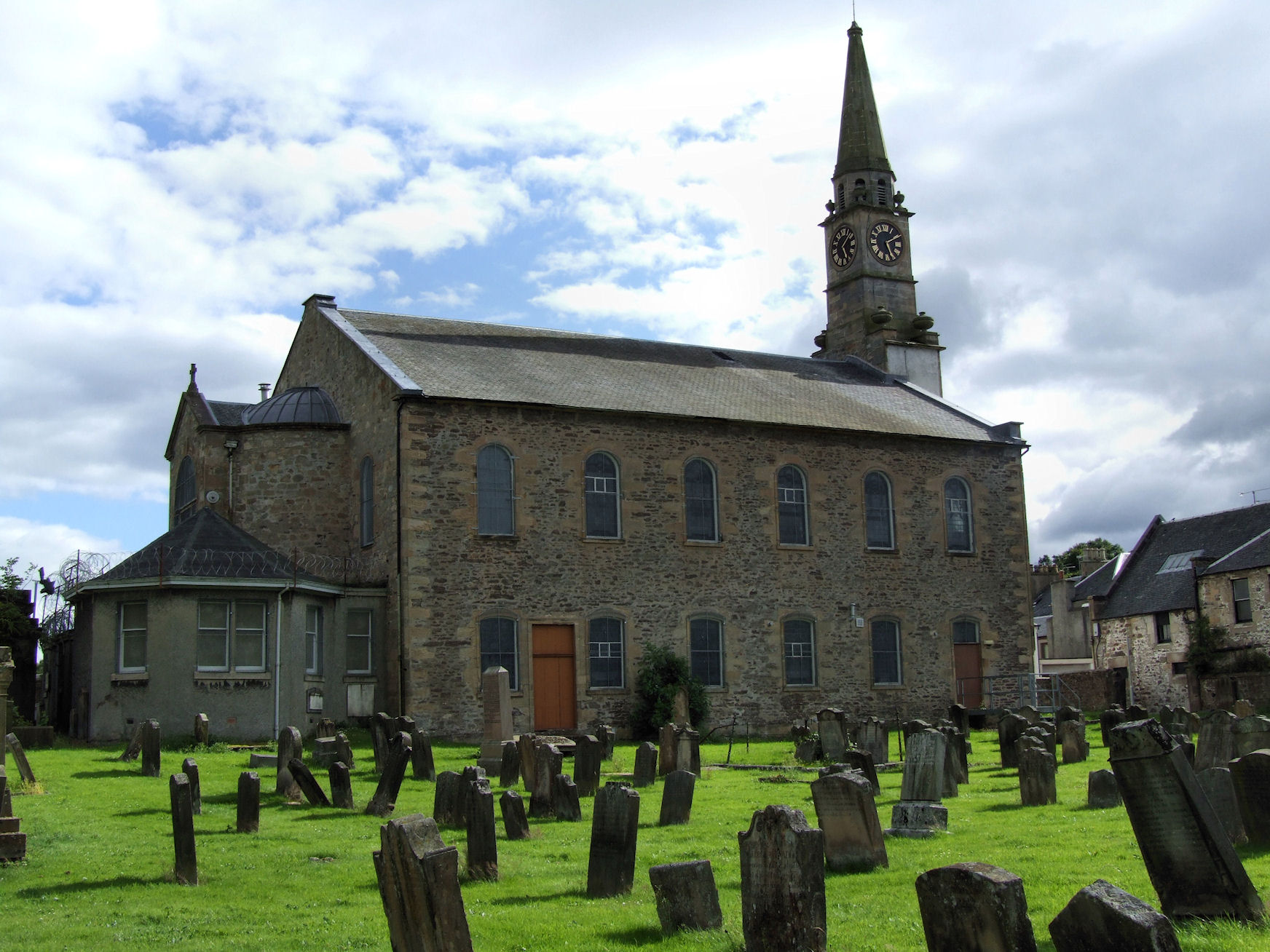|
Vacsay
Vacsay ( gd, Bhacsaigh from Old Norse "bakkiey" meaning "peat bank island") is one of the Outer Hebrides. It is off the west coast of Lewis in West Loch Roag. It is in size, and at its highest point. History Like many of the surrounding islands, Vacsay is uninhabited due to the Highland Clearances, which occurred here in 1827. It was bought in 1993 by Sirdar Baron Iqbal Singh, a London business man, who currently lives in Lesmahagow. He has bought the title, "Lord of Butley Manor" and also wishes to rename Vacsay, "Robert Burns' island" or Eilean Burns, although Burns never visited the Outer Hebrides. Geography and geology The island is Lewisian gneiss. Vacsay has an extremely complicated coastline, and is connected at low tide to several surrounding islets such as Trathasam, and Liacam. It is between the islands of Vuia Mòr and Pabay Mòr and is off Great Bernera Great Bernera (; gd, Beàrnaraigh Mòr), often known just as Bernera ( gd, Beàrnaraigh), is an is ... [...More Info...] [...Related Items...] OR: [Wikipedia] [Google] [Baidu] |
List Of Islands Of Scotland
This is a list of islands of Scotland, the mainland of which is part of the island of Great Britain. Also included are various other related tables and lists. The definition of an offshore island used in this list is "land that is surrounded by seawater on a daily basis, but not necessarily at all stages of the tide, excluding human devices such as bridges and causeways". Scotland has over 790 offshore islands, most of which are to be found in four main groups: Shetland, Orkney, and the Hebrides, sub-divided into the Inner Hebrides and Outer Hebrides. There are also clusters of islands in the Firth of Clyde, Firth of Forth, and Solway Firth, and numerous small islands within the many bodies of fresh water in Scotland including Loch Lomond and Loch Maree. The largest island is Lewis and Harris which extends to 2,179 square kilometres, and there are a further 200 islands which are greater than 40 hectares in area. Of the remainder, several such as Staffa and the Flannan Isles ... [...More Info...] [...Related Items...] OR: [Wikipedia] [Google] [Baidu] |
Great Bernera
Great Bernera (; gd, Beàrnaraigh Mòr), often known just as Bernera ( gd, Beàrnaraigh), is an island and community in the Outer Hebrides of Scotland. With an area of just over , it is the thirty-fourth largest Scottish island. Great Bernera lies in Loch Roag on the north-west coast of Lewis and is linked to it by a road bridge. Built in 1953, the bridge was the first pre-stressed concrete bridge in Europe. The main settlement on the island is Breaclete (Gaelic: ''Breacleit''). The island, under the name of "Borva", was the setting for ''A Princess of Thule'' (1873) by the Scottish novelist William Black. The novel is notable for its descriptions of the local scenery. History The island's name is Norse in origin and is derived in honour of Bjarnar, father of the Norse Chieftain of Lewis Ketil Bjarnarson (or the Flatneif). The vast majority of placenames in the district are similarly Norse, implying extensive Viking settlement. The most common name on Great Bernera is Ma ... [...More Info...] [...Related Items...] OR: [Wikipedia] [Google] [Baidu] |
Lewis And Harris
Lewis and Harris ( gd, Leòdhas agus na Hearadh, sco, Lewis an Harris), or Lewis with Harris, is a single Scottish island in the Outer Hebrides, divided by mountains. It is the largest island in Scotland and the third largest in the British Isles, after Great Britain and the island of Ireland, with an area of , which is approximately 1% of the area of Great Britain. The northern two-thirds is called Lewis and the southern third Harris; each is frequently referred to as if it were a separate island. Etymology The island does not have a one-word name in either English or Scottish Gaelic, and is referred to as "Lewis and Harris", "Lewis with Harris", "Harris with Lewis" etc. Rarely used is the collective name of "the Long Island" ( gd, an t-Eilean Fada), although that epithet is sometimes applied to the entire archipelago of the Outer Hebrides, including the Uist group of islands and Barra. Geography Lewis–Harris boundary The boundary between Lewis and Harris runs fo ... [...More Info...] [...Related Items...] OR: [Wikipedia] [Google] [Baidu] |
Daily Record (Scotland)
The ''Daily Record'' is a national tabloid newspaper which is published online also based in Glasgow, Scotland. The newspaper is published Monday-Saturday while the website is updated on an hourly basis, seven days a week. The ''Record'''s sister title is the '' Sunday Mail''. The title has been headquartered in Glasgow for its entire history. It is owned by Reach plc and has a close kinship with the UK-wide ''Daily Mirror'' as a result. The ''Record'' covers UK news and sport with a Scottish focus. Its website boasts the largest readership of any publisher based in Scotland. The title was at the forefront of technological advances in publishing throughout the 20th century and became the first European daily newspaper to be produced in full colour. For much of the last fifty years, the ''Sun'' has been the largest selling newspaper in Scotland. As the ''Records print circulation has declined in line with other national papers, it has focused increasing attention on expanding i ... [...More Info...] [...Related Items...] OR: [Wikipedia] [Google] [Baidu] |
Islands Of Loch Ròg
An island or isle is a piece of subcontinental land completely surrounded by water. Very small islands such as emergent land features on atolls can be called islets, skerries, cays or keys. An island in a river or a lake island may be called an eyot or ait, and a small island off the coast may be called a holm. Sedimentary islands in the Ganges Delta are called chars. A grouping of geographically or geologically related islands, such as the Philippines, is referred to as an archipelago. There are two main types of islands in the sea: continental islands and oceanic islands. There are also artificial islands (man-made islands). There are about 900,000 official islands in the world. This number consists of all the officially-reported islands of each country. The total number of islands in the world is unknown. There may be hundreds of thousands of tiny islands that are unknown and uncounted. The number of sea islands in the world is estimated to be more than 200,000. The t ... [...More Info...] [...Related Items...] OR: [Wikipedia] [Google] [Baidu] |
Pabay Mòr
Pabay is a Scottish island just off the coast of Skye. The name Pabay is derived from an old Norse word meaning "priest's isle" and there are the remains of a 13th-century chapel. Geography Pabay is an island in the Inner Sound of Skye, lying north of Broadford. It lies south of Longay and east of the larger Scalpay. Like most others of the name, is a low grassy island. It is in size, diamond-shaped and predominantly flat. The highest point is above sea level, with cliffs on the North and East shores. The island is formed of fossil-containing limestone, with some micaceous shale, named Pabba Shale. It forms a flat plateau with cliffs on the North and East shores. The surrounding low reefs encroach on its shores and double the area at low water. The island gives its name to a group of Jurassic Sedimentary rocks which are seen across the Inner Hebredian area-Pabba Shales. These were laid down at the bottom of a muddy sea 190 million years ago. Much later (about 60 million y ... [...More Info...] [...Related Items...] OR: [Wikipedia] [Google] [Baidu] |
Lewisian Complex
The Lewisian complex or Lewisian gneiss is a suite of Precambrian metamorphic rocks that outcrop in the northwestern part of Scotland, forming part of the Hebridean Terrane and the North Atlantic Craton. These rocks are of Archaean and Paleoproterozoic age, ranging from 3.0–1.7 billion years ( Ga). They form the basement on which the Torridonian and Moine Supergroup sediments were deposited. The Lewisian consists mainly of granitic gneisses with a minor amount of supracrustal rocks. Rocks of the Lewisian complex were caught up in the Caledonian orogeny, appearing in the hanging walls of many of the thrust faults formed during the late stages of this tectonic event. Distribution The main outcrops of the Lewisian complex are on the islands of the Outer Hebrides, including Lewis, from which the complex takes its name. It is also exposed on several islands of the Inner Hebrides, small islands north of the Scottish mainland and forms a coastal strip on the mainland from near L ... [...More Info...] [...Related Items...] OR: [Wikipedia] [Google] [Baidu] |
Lesmahagow
Lesmahagow ( ; sco, Lismahagie or ''Lesmahagae'', gd, Lios MoChuda) is a small town in the historic county of Lanarkshire on the edge of moorland, near Lanark in the central belt of Scotland. Lesmahagow was also a civil parish. It lies west of the M74, and southeast of Kirkmuirhill. It is also known as Abbey Green or the Gow. Etymology The name means "Enclosure (meaning a walled area, like a monastery or fort) of St Machutus". The saint was born in Wales and may originally have been known as ''"Mahagw"'' prior to emigrating to Brittany where he became known by the Latinised form of the name and also as "St Malo". It is also possible that the first syllable may mean "garden" rather than "monastery", although Mac an Tailleir (2003) believes the former was altered from the latter in Gaelic. Religion The town has three Christian congregations, namely Lesmahagow Old Parish Church of the Church of Scotland and Abbeygreen Church of the Free Church of Scotland and an Evangel ... [...More Info...] [...Related Items...] OR: [Wikipedia] [Google] [Baidu] |
Robert Burns
Robert Burns (25 January 175921 July 1796), also known familiarly as Rabbie Burns, was a Scottish poet and lyricist. He is widely regarded as the national poet of Scotland and is celebrated worldwide. He is the best known of the poets who have written in the Scots language, although much of his writing is in a "light Scots dialect" of English, accessible to an audience beyond Scotland. He also wrote in standard English, and in these writings his political or civil commentary is often at its bluntest. He is regarded as a pioneer of the Romantic movement, and after his death he became a great source of inspiration to the founders of both liberalism and socialism, and a cultural icon in Scotland and among the Scottish diaspora around the world. Celebration of his life and work became almost a national charismatic cult during the 19th and 20th centuries, and his influence has long been strong on Scottish literature. In 2009 he was chosen as the greatest Scot by the Scottish pub ... [...More Info...] [...Related Items...] OR: [Wikipedia] [Google] [Baidu] |
Outer Hebrides
The Outer Hebrides () or Western Isles ( gd, Na h-Eileanan Siar or or ("islands of the strangers"); sco, Waster Isles), sometimes known as the Long Isle/Long Island ( gd, An t-Eilean Fada, links=no), is an island chain off the west coast of mainland Scotland. The islands are geographically coextensive with , one of the 32 unitary council areas of Scotland. They form part of the archipelago of the Hebrides, separated from the Scottish mainland and from the Inner Hebrides by the waters of the Minch, the Little Minch, and the Sea of the Hebrides. Scottish Gaelic is the predominant spoken language, although in a few areas English speakers form a majority. Most of the islands have a bedrock formed from ancient metamorphic rocks, and the climate is mild and oceanic. The 15 inhabited islands have a total population of and there are more than 50 substantial uninhabited islands. The distance from Barra Head to the Butt of Lewis is roughly . There are various important prehisto ... [...More Info...] [...Related Items...] OR: [Wikipedia] [Google] [Baidu] |
London
London is the capital and largest city of England and the United Kingdom, with a population of just under 9 million. It stands on the River Thames in south-east England at the head of a estuary down to the North Sea, and has been a major settlement for two millennia. The City of London, its ancient core and financial centre, was founded by the Romans as '' Londinium'' and retains its medieval boundaries.See also: Independent city § National capitals The City of Westminster, to the west of the City of London, has for centuries hosted the national government and parliament. Since the 19th century, the name "London" has also referred to the metropolis around this core, historically split between the counties of Middlesex, Essex, Surrey, Kent, and Hertfordshire, which largely comprises Greater London, governed by the Greater London Authority.The Greater London Authority consists of the Mayor of London and the London Assembly. The London Mayor is distinguished fr ... [...More Info...] [...Related Items...] OR: [Wikipedia] [Google] [Baidu] |







